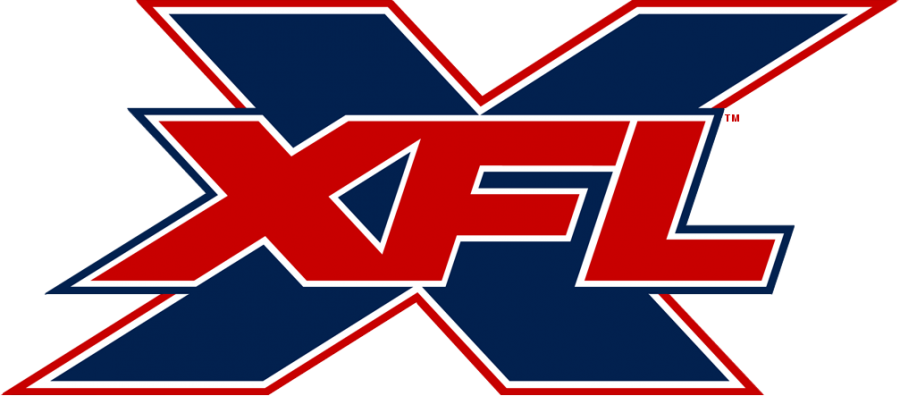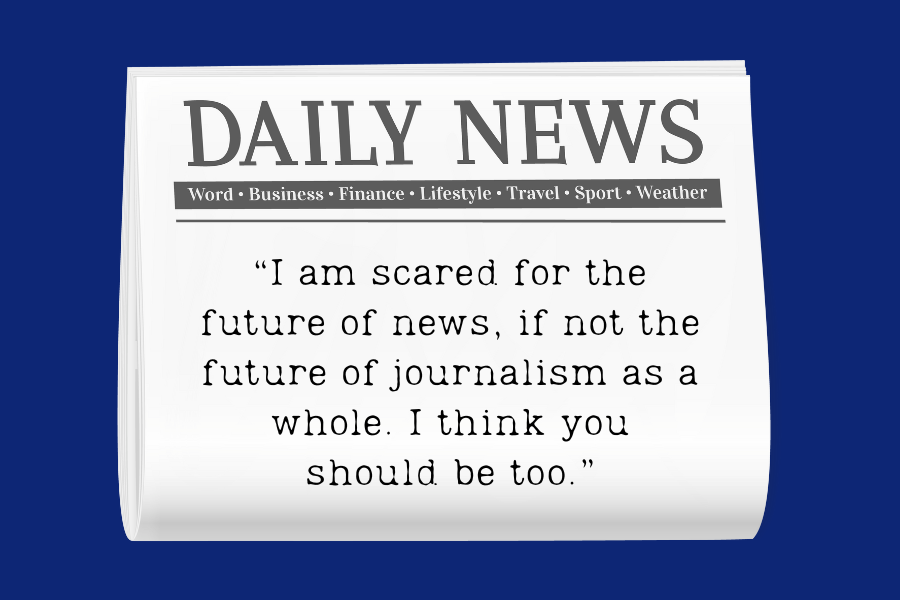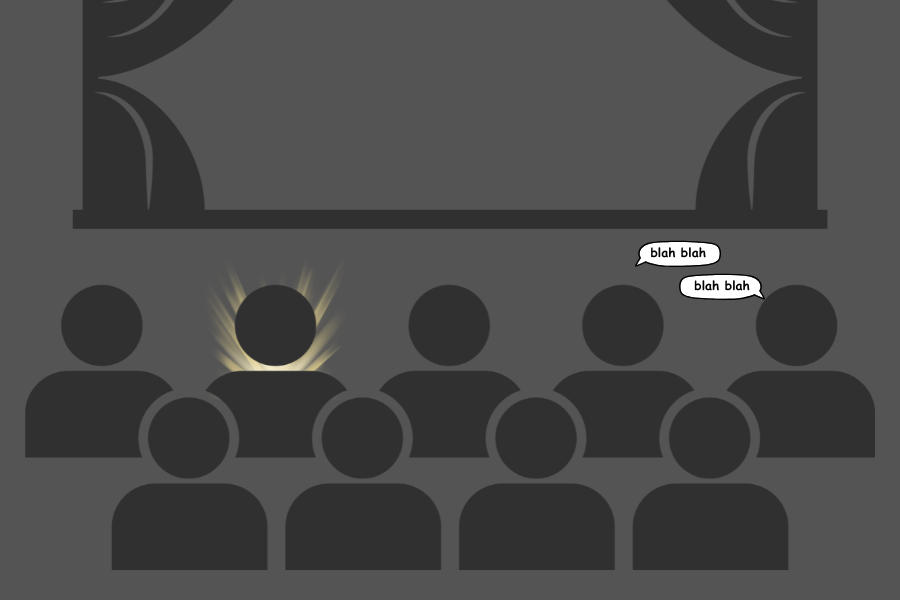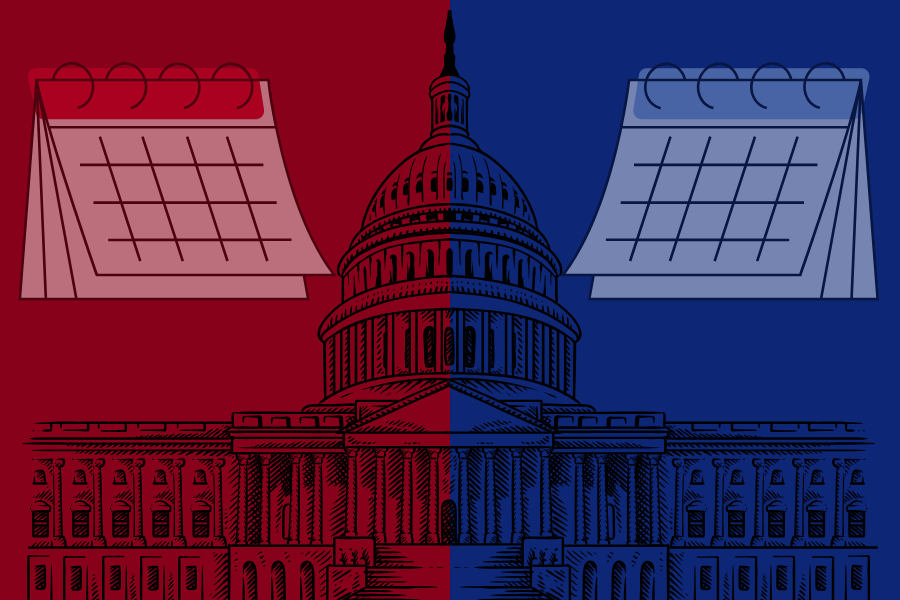Last weekend had football fans doing double-takes. “Wait…there’s football today?” It’s an unusual feeling, but football is back just one week after the Super Bowl. The XFL returns to televisions nationwide with a sure-fire path to success.
The XFL, once remembered as a colossal failure from the early 2000s, has reintroduced itself to the masses thanks to a $375 million investment from owner Vince McMahon.
As a league embracing an open dialogue with fans, promising a product not available anywhere else and a revamped set of rules, the XFL will be able to achieve what its predecessors haven’t been able to. To be a successful alternative football organization separate from the NFL.
McMahon’s first attempt at bringing the league to life was marked with mismanagement and poor business decisions.
In 2001, McMahon started the league with the intention of competing with the NFL. However, he promised a twist. He would be combining football with the spirit of the World Wrestling Federation (WWF), one of the biggest shows on television at the time.
McMahon wanted to make the XFL a theatrical event, rather than just a traditional football game. New rules, such as one-point conversions and customizable jersey names, were introduced in an attempt to captivate audiences.
The league appeared promising. According to The New York Times, the first game between the New York/New Jersey Hitmen and the Las Vegas Outlaws attracted over 54 million viewers.
However, problems quickly began to reveal themselves. Player safety had been neglected and injuries began mounting quicker than you could count. Additionally, with a roster size that only amounted to 38 players, compared to 53 in the NFL, problems ensued.
This time however, the XFL has shown it has learned from past mistakes.
The league has distanced themselves from being an angsty showcase; a hallmark feature of the XFL’s first attempt. Now, McMahon promises that the league will listen to fans and evolve to our viewing pleasures — something the NFL has dragged its heels on.
McMahon assured everyone in a press conference that there will be no crossover with his other business venture, now the WWE. This differs from the 2001 XFL, which showcased wrestlers like The Rock to promote the league.
Previously, football was on a television hiatus for seven months of the year; the XFL is attempting to seize that opportunity, promising a shorter “two-hour game” to offer fans an improved viewing experience.
The Alliance of American Football (AAF) was another up-and-coming football league that suffered the same fate as the 2001 XFL.
The AAF only broadcasted games on four networks: CBS Sports Network, NFL Network, B/R Live and TNT. Aside from TNT and an occasional CBS main channel airing, all of the networks are premium channels, meaning that you won’t have access to these games unless you’re already an existing subscriber or are willing to pay extra. In addition, the AAF had to pay CBS to broadcast their games.
However, what separates the XFL from the same path as its predecessors is its broadcast deals. One of the main sources of income for sports-leagues are broadcast deals. The NBA, for example, earns $24 billion a year from television-rights deals with TNT, ESPN and ABC.
The XFL instead opts to survive, temporarily, off the $375 million investment from McMahon — giving the league important financial leeway. Additionally, the XFL will not be paying networks to air their product. Instead, the league shows games on accessible platforms to expand the viewership pool rather than shrinking it.
According to Stamford Advocate, the XFL attracted 12.47 million viewers during its first four-game weekend and received massive praise from fans.
In week two, the XFL held steady and displayed relatively similar numbers in terms of viewership and attendance. In fact, in Seattle there was an 18.8% increase in viewers from week one. This despite the NBA All-Star Game and the Daytona 500 both being scheduled on the same day.
Make no mistake, the XFL is here to stay. With McMahon learning from his past mistakes and the failings of the AAF, the XFL has every opportunity to succeed. Be sure to tune in.









